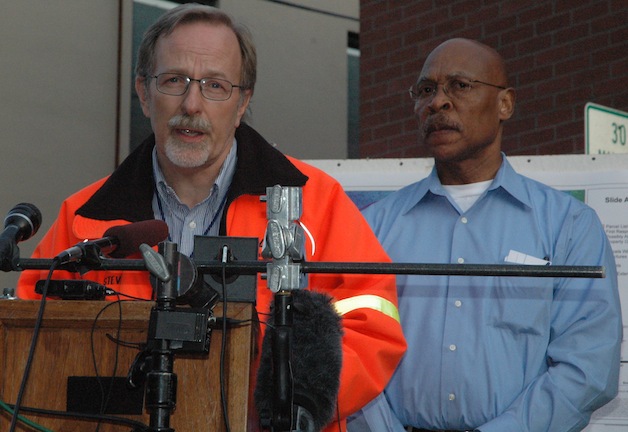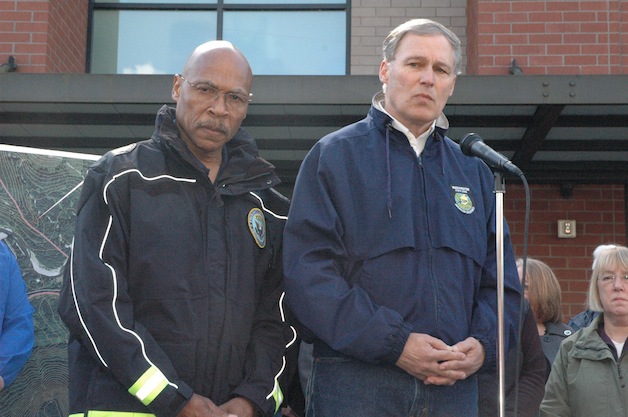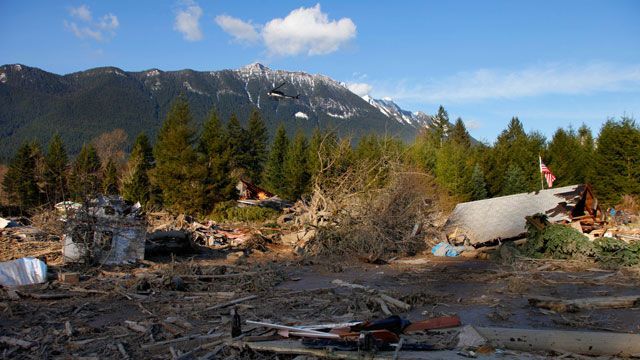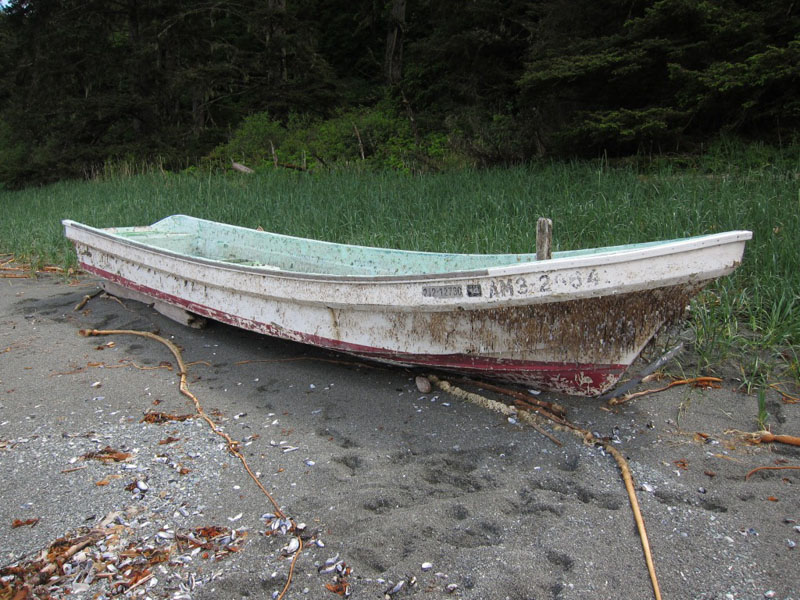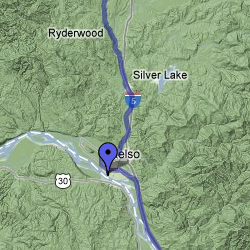With a four-page letter released late in the day on Monday, Washington Redskins owner Dan Snyder has taken his stubborn defense of the team’s name to a new level.
The early reaction from Indian country: We’re not buying it.
The campaign to quell controversy over the name of the Washington Redskins football team has in recent months included photo ops with Navajo code talkers and a highly suspect Native pro-Redskins grassroots campaign. Now Snyder has announced the creation of the Washington Redskins Original Americans Foundation.
Snyder’s letter begins by affirming that he has no intention of ever changing his team’s problematic name, referring to a letter he wrote to fans in the fall: “I wrote then–and believe even more firmly now–that our team name captures the best of who we are and who we can be, by staying true to our history and honoring the deep and enduring values our name represents.”
The Redskins owner then describes his campaign of outreach to American Indian communities, and cites facts about poverty, health, and standard of living in Native communities that everyone in Indian country is all too familiar with.
Snyder’s conclusion: Clinging to his team’s racial-slur name is a noble gesture, but isn’t enough to solve Indian country’s problems. Or as he puts it: “It’s not enough to celebrate the values and heritage of Native Americans. We must do more.”
The letter is rife with self-satisfaction and misdirection, repeatedly emphasizing all the wonderful ways the Redskins, through the Foundation, might help Indian country, with no mention of the elephant in the room: The widespread objection in Indian country to the team’s name. For instance, here’s another interesting tap dance, bolded and italicized as in the original:
“Our efforts will address the urgent challenges plaguing Indian country based on what Tribal leaders tell us they need most. We may have created this new organization, but the direction of the Foundation is truly theirs.”
Such willingness to let Indians say what is most beneficial for Indians does not, obviously, extend to his football team’s name.
The announcement has met with harsh criticism in Indian country.
“We’re glad that after a decade of owning the Washington team, Mr. Snyder finally says he is interested in Native American heritage, but this doesn’t change the fact that he needs to stand on the right side of history and change his team’s name,” Oneida Indian Nation Representative Ray Halbritter, said in a statement to ThinkProgress.
Suzan Shown Harjo, who has led the legal charge against the name for decades, shared stronger words with Think Progress: “Native America is impoverished? He just now figured that out? We know what the pressing issues are. We’re the ones who’ve been dealing with them all our lives. What an insult. The whole thing. This is a stunt. To me, it’s a stunt. But we’ll see. Supposedly it’s a change of heart, but it’s not a change of mind. And it’s not a change of name.”
Backlash on Twitter from Natives, many of whom have been united by the #NotYourMascot hashtag, has been forceful.
Frank Waln @FrankWaln “Dan Snyder is scum of the earth”
Lauren Chief Elk @ChiefElk “Countdown until ‘Dan Snyder is trying to help you and you guys aren’t even grateful!'”
Johnnie Jae @johnniejae “Apparently visiting 26 of 300+ reservations & bribing 400 tribal leaders means we should bow to our new savior Dan Snyder #notyourmascot ”
What TRIBE @WhatTRIBE “When redeeming racist brands, hire brand management experts from secret service to create pity press for penance/ not repentance @Redskins ”
Dani @xodanix3 “Whats most frustrating about Snyder’s strategies is just how petty they are. Its insulting they even take it there.”
julia good fox @goodfox “‘@Redskins: It’s not enough to celebrate the values and heritage of #Native Americans, we must do more’ <— not The Onion.”
Sarah @eyesnhearts “I’m pretty sure I don’t need the white savior industrial complex to help me with my reality #NotYourMascot ”
Adrienne K. @NativeApprops “What kind of choice is that for communities? Here, have some desperately needed resources. Shhh, just say you don’t mind the racial slur.”
Aura Bogado @aurabogado “Synder understands #Natives so well that he mentioned Redskins 24 times, and tribal sovereignty 0 times”
Jacqueline Keeler @jfkeeler “Dan Snyder, helping is not dictating. Being a friend means listening not buying silence. #NotYourMascot ”
Snyder’s letter is below; the original pdf is available at files.redskins.com/pdf/Letter-from-Dan-Snyder-032414.pdf
Read more at http://indiancountrytodaymedianetwork.com/2014/03/25/outrage-indian-country-redskins-owner-announces-foundation-154153



